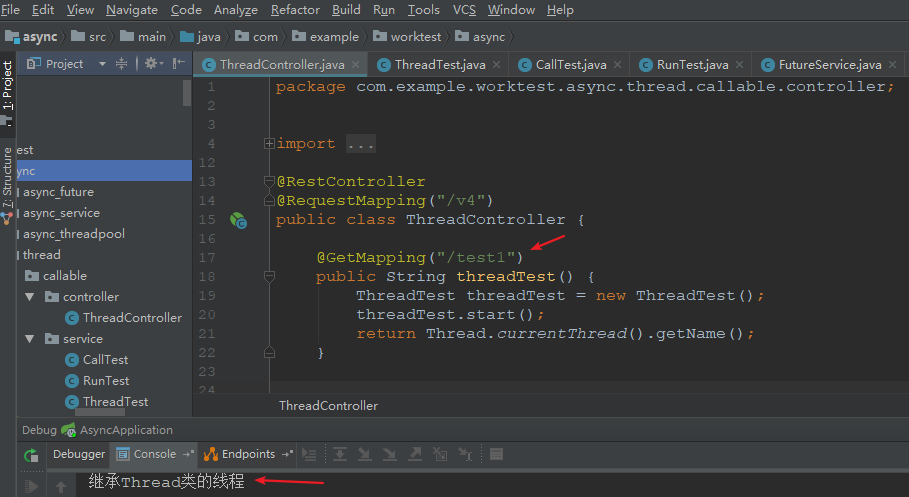POJ 2418 Hardwood Species
Hardwood Species
| Time Limit: 10000MS | Memory Limit: 65536K | |
| Total Submissions: 24524 | Accepted: 9489 |
Description
Hardwoods are the botanical group of trees that have broad leaves, produce a fruit or nut, and generally go dormant in the winter.
America’s temperate climates produce forests with hundreds of hardwood species — trees that share certain biological characteristics. Although oak, maple and cherry all are types of hardwood trees, for example, they are different species. Together, all the hardwood species represent 40 percent of the trees in the United States.
On the other hand, softwoods, or conifers, from the Latin word meaning “cone-bearing,” have needles. Widely available US softwoods include cedar, fir, hemlock, pine, redwood, spruce and cypress. In a home, the softwoods are used primarily as structural lumber such as 2x4s and 2x6s, with some limited decorative applications.
Using satellite imaging technology, the Department of Natural Resources has compiled an inventory of every tree standing on a particular day. You are to compute the total fraction of the tree population represented by each species.
Input
Input to your program consists of a list of the species of every tree observed by the satellite; one tree per line. No species name exceeds 30 characters. There are no more than 10,000 species and no more than 1,000,000 trees.
Output
Print the name of each species represented in the population, in alphabetical order, followed by the percentage of the population it represents, to 4 decimal places.
Sample Input
Red AlderAshAspenBasswoodAshBeechYellow BirchAshCherryCottonwoodAshCypressRed ElmGumHackberryWhite OakHickoryPecanHard MapleWhite OakSoft MapleRed OakRed OakWhite OakPoplanSassafrasSycamoreBlack WalnutWillow
Sample Output
Ash 13.7931Aspen 3.4483Basswood 3.4483Beech 3.4483Black Walnut 3.4483Cherry 3.4483Cottonwood 3.4483Cypress 3.4483Gum 3.4483Hackberry 3.4483Hard Maple 3.4483Hickory 3.4483Pecan 3.4483Poplan 3.4483Red Alder 3.4483Red Elm 3.4483Red Oak 6.8966Sassafras 3.4483Soft Maple 3.4483Sycamore 3.4483White Oak 10.3448Willow 3.4483Yellow Birch 3.4483
Hint
This problem has huge input, use scanf instead of cin to avoid time limit exceeded.
Source
Waterloo Local 2002.01.26
代码1:map
#include <iostream>#include <cstdio>#include <cstring>#include <algorithm>#include <string>#include <map>#include <stack>#include <vector>#include <set>#include <ctime>#include <complex>#include <cassert>#include <utility>#include <cmath>#include <cstdlib>#include <ctype.h>#include <functional>#include <iomanip>using namespace std;int main(){map<string ,long long> m;string s;long long sum =0;while(getline(cin,s)){++m[s];++sum;}map<string ,long long>::iterator iter;for(iter = m.begin();iter != m.end();iter++){cout<<setprecision(4)<<fixed<<iter ->first<<" "<<100*(iter -> second)/(1.0*sum)<<endl;}system("pause");return 0;}
代码2:字典树
#include <iostream>#include <cstdio>#include <cstring>#include <algorithm>#include <string>#include <map>#include <stack>#include <vector>#include <set>#include <ctime>#include <complex>#include <cassert>#include <utility>#include <cmath>#include <cstdlib>#include <ctype.h>#include <functional>#include <iomanip>struct Trie{int cnt;//字符串出现的总个数char n[45];//保存的字符串bool flag;//是不是走到了字符串的最后一个字母struct Trie *next[130];//子节点,ASCII最大值126Trie():cnt(0),flag(false){memset(next,NULL,sizeof(next));}}root;int n = 0;void Trie_insert(char *s){int len=strlen(s);Trie*p=&root;for(int i=0;i<len;i++){int id=s[i];if(p->next[id]==NULL)p->next[id]=new Trie;p=p->next[id];}p->cnt++;//走到字符串的最后一个字母的节点strcpy(p->n,s);p->flag=1;}void dfs(Trie *root){Trie *p = root;if(p -> flag)cout<<p -> n<<" "<<setprecision(4)<<fixed<<p -> cnt*100.0/n<<endl;for(int i=0;i<127;i++){if(p -> next[i] != NULL)dfs(p -> next[i]);}}int main(){char s[35];n = 0;while(gets(s)){Trie_insert(s);n++;}dfs(&root);return 0;}
代码3:二叉排序树
#include <cstdio>#include <iostream>#include <cstdlib>#include <cstring>#include <string>using namespace std;const int MAX_NUM = 10001;struct node{string name;int count;node *lchild,*rchild;node(char* s) : name(s),count(1),lchild(NULL),rchild(NULL){;}};void insert(node*& root,char* s){if(root == NULL){root = new node(s);return;}node *self=root,*father=root;int cmpres;while(self!=NULL){cmpres = strcmp(s,self->name.c_str());if(cmpres == 0){self->count++;return;}father = self;self = (cmpres > 0)? father->rchild : father->lchild;}self = new node(s);if(cmpres > 0){father -> rchild = self;}else if(cmpres < 0){father -> lchild = self;}}void print(const node* p,const int count){if(p!=NULL){print(p->lchild,count);printf("%s %.4f\n",p->name.c_str(), 100.0 * p->count / count);print(p->rchild,count);}}int main(){char tree_name[32],tmpc;node* root=NULL;int count=0;while(scanf("%30[^\n]",tree_name) != EOF){getchar();insert(root,tree_name);++count;}print(root,count);return 0;}































还没有评论,来说两句吧...